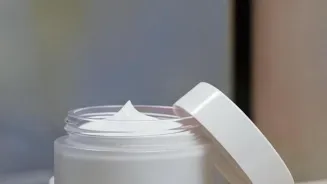Unlock Radiant Skin with Indian Exfoliation Secrets – Dive into the Art of Glowing Skin Naturally
In the vibrant landscape of Indian skincare, where ancient traditions meet modern solutions, one practice
stands out for its transformative power: exfoliation.
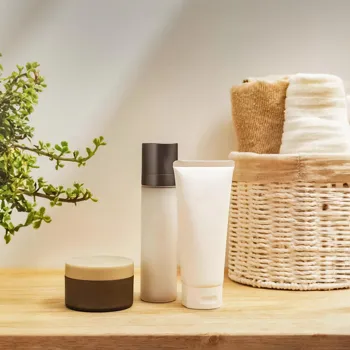
Often overlooked in the daily hustle, regular exfoliation, tailored to your specific skin type, can unlock a world of benefits, leaving your skin looking and feeling its absolute best. Let's delve into why incorporating this simple yet effective step into your routine is a game-changer.
Regular exfoliation removes dead skin cells for healthier, radiant skin
Exfoliation is basically removing the dead skin cells that accumulate on the surface of your skin. Think of it like sweeping away the dust and debris that dulls a beautiful marble floor.
These dead cells can clog pores, leading to breakouts, make your skin look dull and uneven, and even prevent your skincare products from properly penetrating and doing their job.
By regularly removing this build-up, you're allowing fresh, healthy skin cells to surface, revealing a brighter, smoother, and more radiant complexion. The benefits extend beyond aesthetics, promoting better skin health overall.
It's a small change that can make a big difference to your skin's health and glow.
Understanding your skin type for effective exfoliation to enhance natural beauty
Understanding your skin type is crucial before embarking on your exfoliation journey. Indian skin tones are diverse, ranging from fair to deep, and each shade comes with its own unique characteristics.
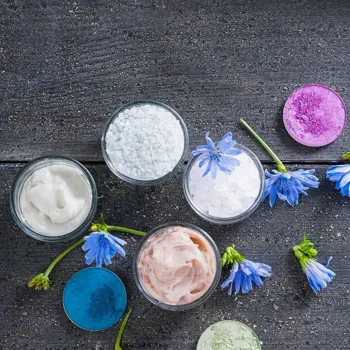
Knowing whether you have oily, dry, combination, or sensitive skin will determine the type of exfoliant and frequency that will work best for you. Using the wrong type of exfoliant can sometimes lead to irritation, redness, or even breakouts.
So doing a little research or even consulting a dermatologist is key to choosing the right path. Selecting the right one will enhance your skin's natural beauty without causing any unnecessary harm.
Chemical exfoliants with salicylic acid for oily skin
For oily skin, which is prone to blackheads and enlarged pores, chemical exfoliants containing salicylic acid are ideal. Salicylic acid works by penetrating deep into the pores to dissolve oil and dead skin cells.
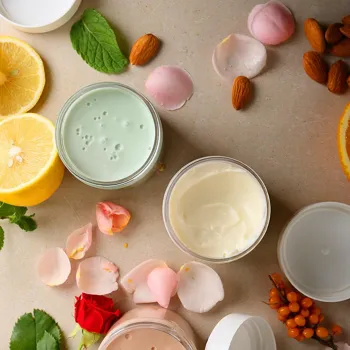
Glycolic acid, another alpha-hydroxy acid (AHA), is a good choice for both oily and combination skin, promoting cell turnover and reducing the appearance of fine lines.
Physical scrubs containing finely ground particles, like rice powder or apricot kernels (use with caution, ensuring they are gentle), can also be used once or twice a week to manually slough away dead skin. Remember, avoid harsh scrubs that can damage the skin barrier.
Consistency is key, don't over do it.
Gentle exfoliation benefits dry skin, use lactic acid or soft tools, moisturize well
Dry skin benefits from gentle exfoliation to remove flaky patches and improve hydration. Lactic acid, a milder AHA, is an excellent choice for dry skin as it not only exfoliates but also helps to hydrate.
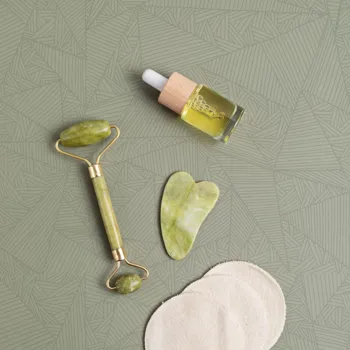
Physical exfoliants can be used sparingly, but opt for very gentle options like a soft washcloth or a konjac sponge. Immediately after exfoliating, apply a rich moisturizer to lock in hydration and prevent dryness. The aim is to remove the dryness skin, improve skin texture and promote moisture.
Keep a close watch and make changes based on your results.
Indian skincare uses natural ingredients for effective exfoliation, glow, and soothing
India boasts a rich tradition of natural skincare remedies, and many of these ingredients make excellent exfoliants. Gram flour (besan) mixed with yogurt is a time-tested home remedy that gently exfoliates and brightens the skin.
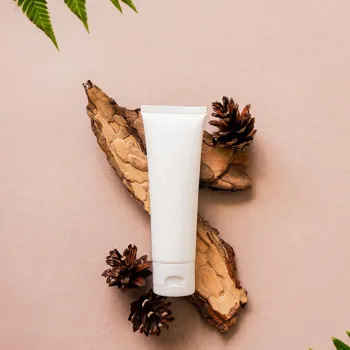
Oatmeal, another gentle option, soothes and calms irritated skin while removing dead cells. Turmeric, renowned for its anti-inflammatory and antioxidant properties, can be incorporated into a scrub to add a healthy glow.
These homemade scrubs are gentle, affordable, and often free of harsh chemicals. Always do a patch test before applying any new ingredient to your entire face.
Proper exfoliation technique for all skin types
Regardless of the type of exfoliant you choose, proper technique is crucial. Always cleanse your skin thoroughly before exfoliating to remove any makeup or dirt. Apply the exfoliant in gentle, circular motions, avoiding the delicate eye area.

Rinse thoroughly with lukewarm water and pat your skin dry with a soft towel. Follow up with a hydrating serum and moisturizer to replenish moisture. The frequency of exfoliation depends on your skin type and the type of exfoliant you are using.
Oily skin can typically tolerate exfoliation two to three times a week, while dry and sensitive skin may only need it once a week.
Listen to your skin to avoid over-exfoliation and damage
Remember to listen to your skin. If you experience any redness, irritation, or dryness, reduce the frequency of exfoliation or switch to a gentler product. Over-exfoliating can damage your skin barrier, leading to sensitivity and breakouts.
Pay especially attention to how your skin feels after you exfoliate, and adjust your practices to suit your skin's response.
Exfoliate for skin transformation
Incorporate exfoliation into your skincare routine and watch your skin transform.

